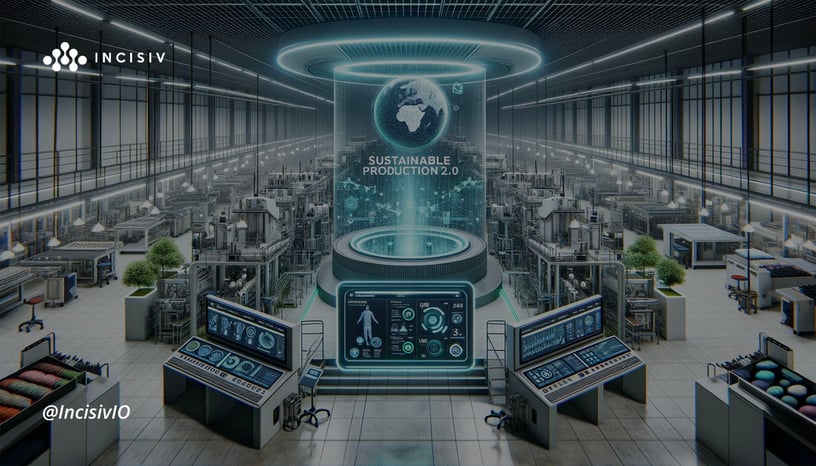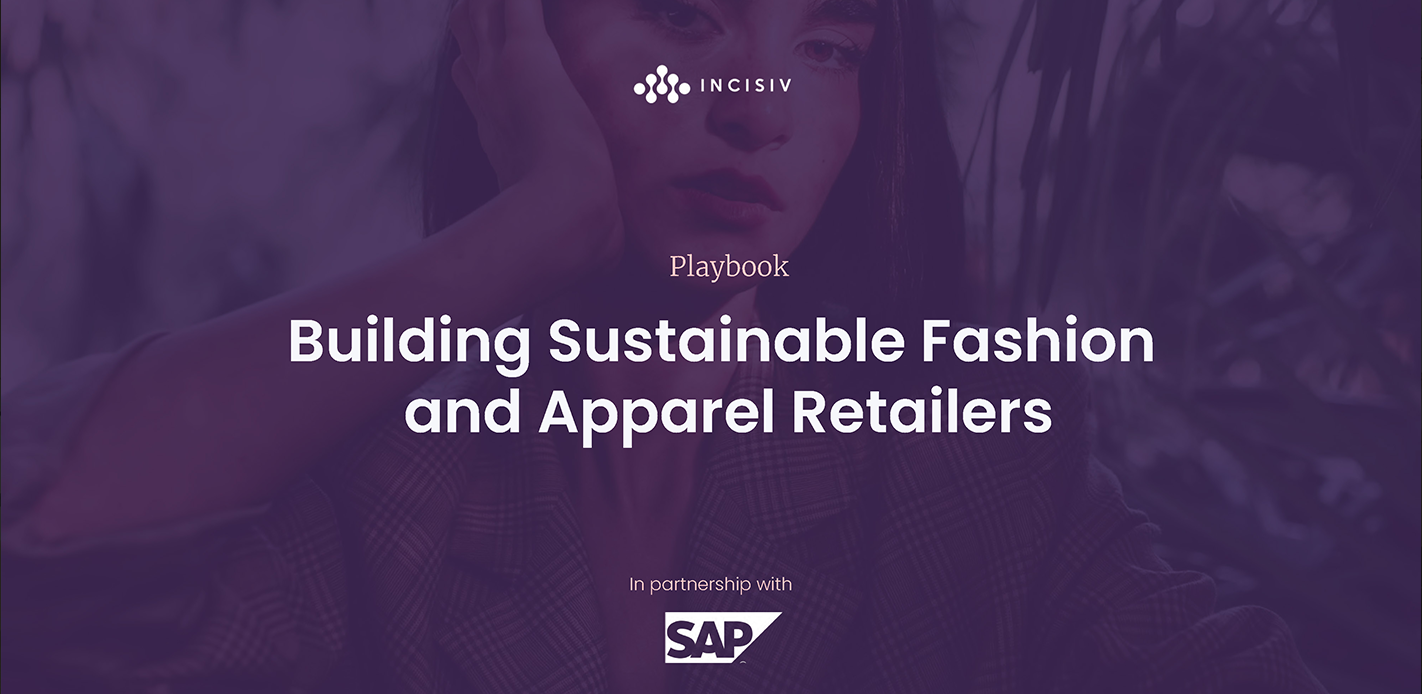Inspired by the transformative strategies detailed in our playbook, "Building Sustainable Fashion and Apparel Retailers," this blog unravels how the fashion industry is reimagining sourcing and production. Discover the tangible financial implications of sustainability, delve into brand successes, and grasp why integrating eco-consciousness into sourcing is paramount for future triumphs.

Unsustainable Production Wastes Over $100 Billion Annually
While sustainability may sound like a buzzword in boardrooms, its financial implications are real and tangible. Production inefficiencies not only affect the environment but also hurt a company's bottom line.
Money Down the Drain or a Chance for Redemption?
For businesses, especially in the fashion and apparel sector, this staggering figure represents both a challenge and an opportunity. An alarming amount of waste comes from unnecessary resource use and the discarding of products before they reach the end of their lifecycle. But forward-thinking brands have spotted an opening to rewrite this narrative.
Take Patagonia, for example: Their famous "Don't Buy This Jacket" campaign not only demonstrated corporate responsibility but also highlighted how sustainable production can be economically advantageous. By promoting durable products and recycling, the brand cemented its position as an industry pioneer.
Emergence of Smart Sourcing
Smart sourcing doesn't just involve selecting the cheapest materials anymore—it's about choosing resources that offer longevity and are ethically procured. Think about the trend in using pineapple leather or mushroom mycelium. These alternatives are not only eco-friendly but also enhance product longevity, catering to the growing market segment of environmentally conscious consumers.
Zara's move towards sustainable fabrics is an apt example. By 2025, the company aims to use 100% sustainable fabrics in its collections. While this showcases corporate responsibility, it's also a calculated business move. The brand recognizes the increasing demand for sustainable products and aims to cater to it profitably.
Technological Renaissance in Production
Mention 'digital twins,' and many think of cutting-edge tech that's reserved for IT giants. But in reality, this digital replication is revolutionizing sectors like fashion. It isn’t about complex tech jargon but about creating efficient, waste-reducing production processes.
Consider Nike's use of digital twins in shoe production. The company creates virtual prototypes, testing them extensively before producing a physical version. This reduces material waste, shortens production cycles, and ensures that the final product meets exacting standards.
Leaders Lighting the Way
While it’s heartening to see big brands take sustainable strides, some lesser-known companies are making significant waves. Everlane, a US-based clothing company, is one such name. With its commitment to ethical factories and radical transparency about its supply chain, it's setting new industry benchmarks.
Similarly, in the tech space, Fairphone stands out. They're producing modular phones, emphasizing longevity and easy repairability. This approach reduces e-waste and ensures consumers get more value out of their devices.
From Trend to Norm: The Inevitable Shift
Sustainable sourcing and production aren't just 'good-to-have' anymore; they're industry standards. Early adopters will benefit from increased consumer trust, regulatory leniency, and long-term profitability. Ignoring this shift isn't just environmentally short-sighted; it's bad for business.
In this era of conscientious consumption, businesses have a clear mandate: adapt or get left behind. For those who embrace the change, the rewards are multifold: enhanced brand reputation, consumer loyalty, and a healthier bottom line.






